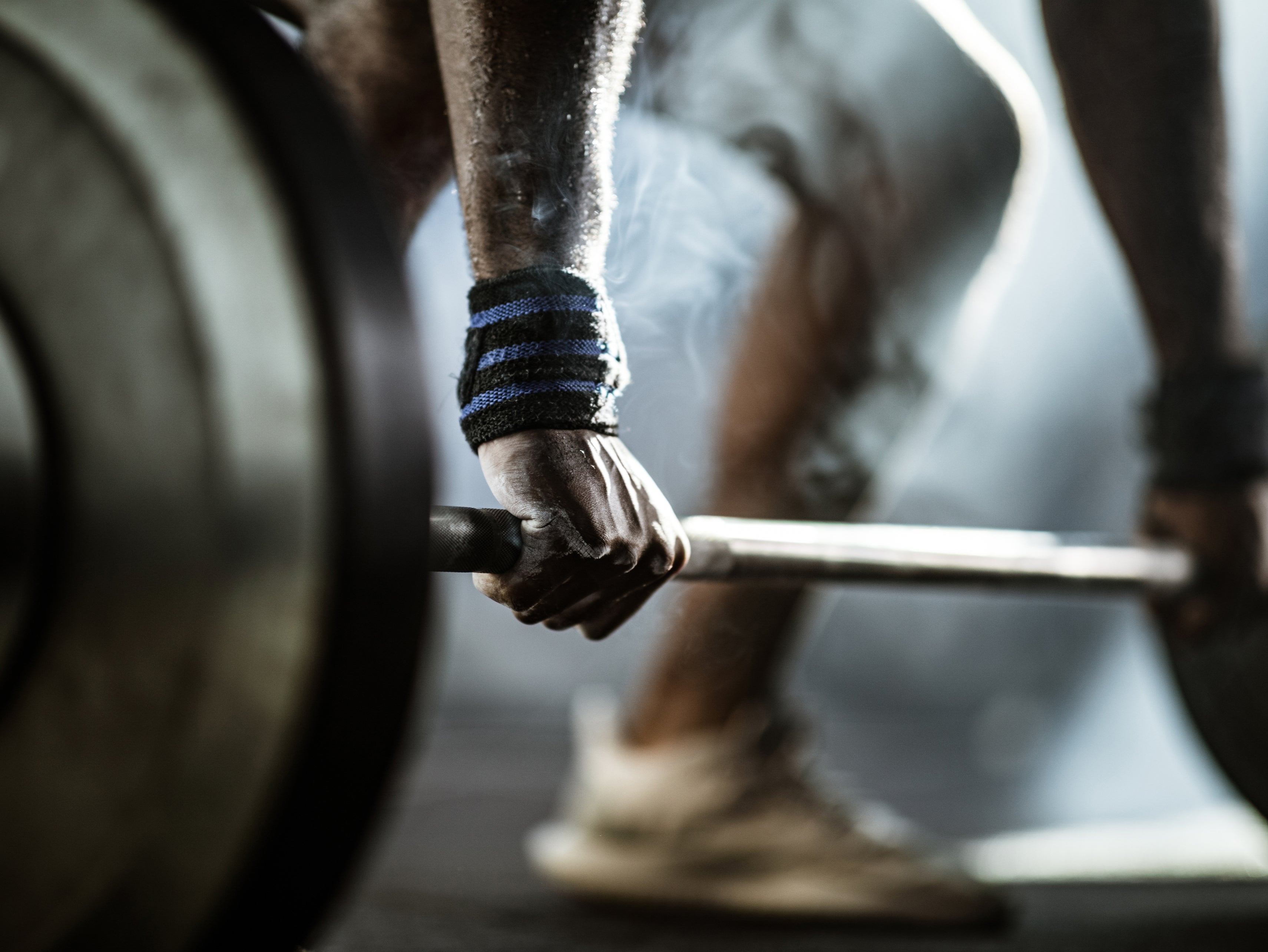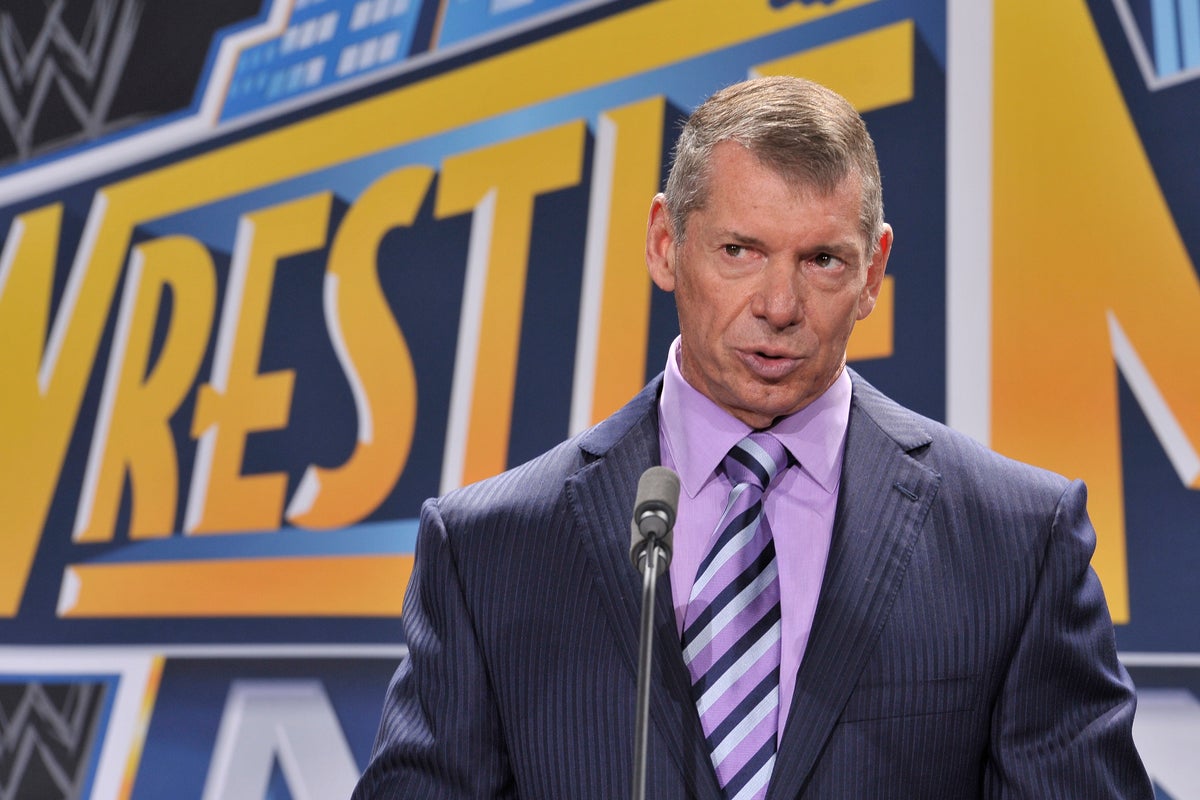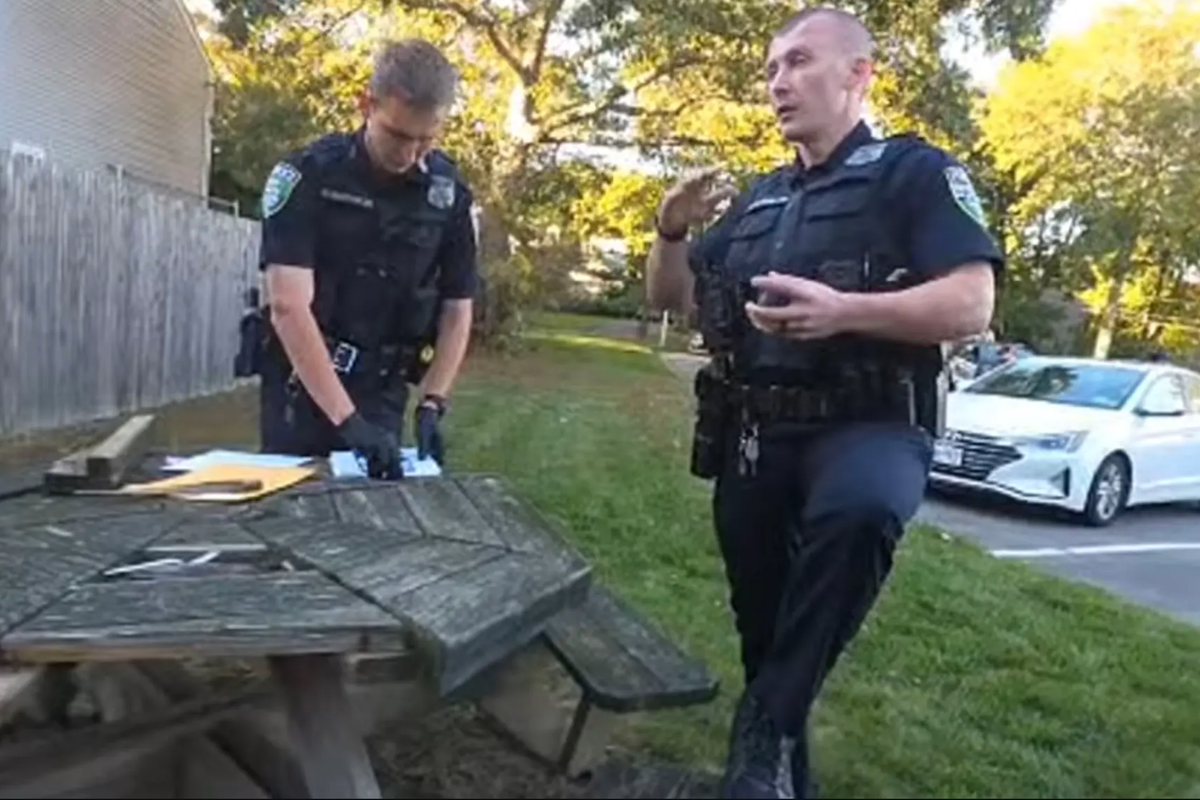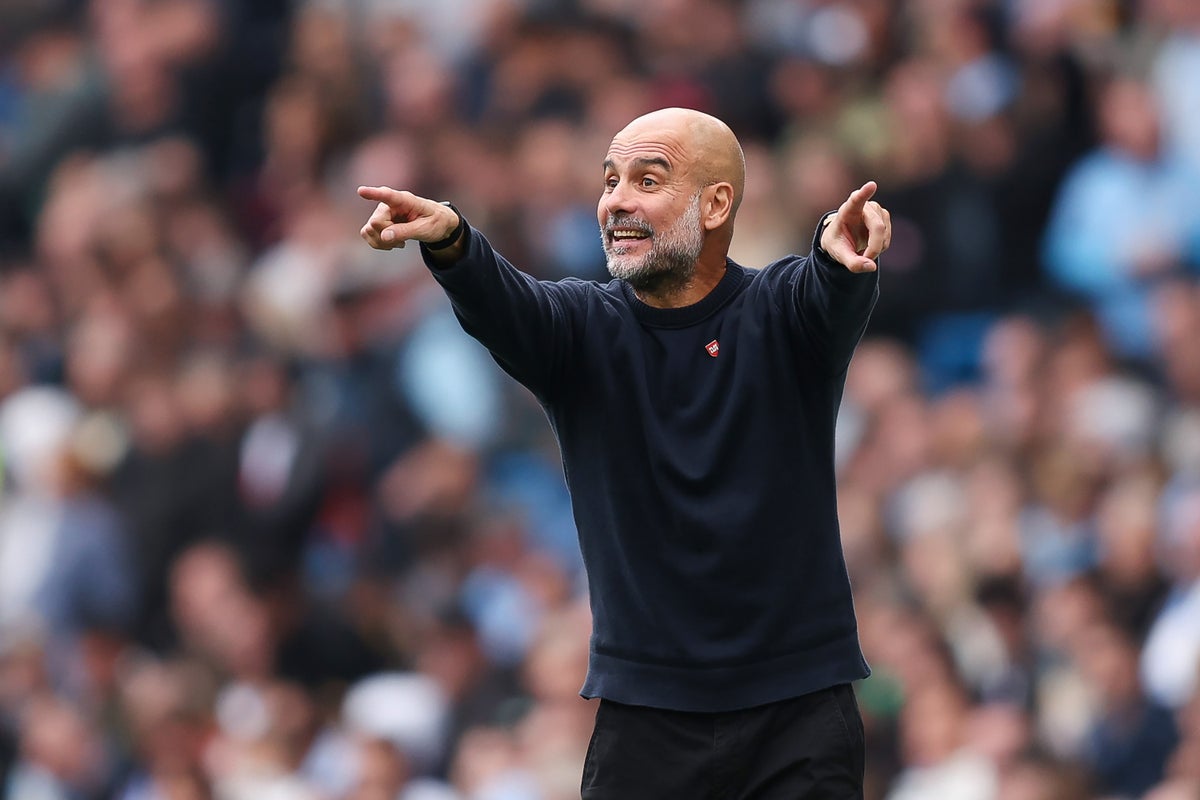Strength and conditioning coaches are a relatively fresh concept in boxing, according to Terence Crawford’s S&C maestro Chet Fortune.
“Most fighters don’t have dedicated strength and conditioning coaches – it’s a new thing,” he tells me. “Floyd [Mayweather] didn’t have a strength coach until he fought Manny Pacquiao.”
Where professional sport goes, amateur and recreational sport often follows. Most people wanting to improve their ability in the ring realise some degree of strength training can help, but knowing where to start is a different matter.
To help in your endeavours, boxing strength and conditioning specialist Dr Rhys Morris shares his insights on what boxers should do in the gym to elevate their performance. This includes a sample workout for developing the attributes needed to succeed.
The most important thing to do in the gym to improve your boxing
According to Morris, there is one trait that underpins all performance metrics: strength. If your body is not strong enough to perform dynamic movements quickly and powerfully, you are not going to get very far as an athlete.
Terence Crawford is a prime example of this – ahead of the fighter’s clash with Canelo, Morris witnessed him pull a deadlift of more than 200kg, which is almost triple his fighting weight.
Strength can be developed through multi-muscle exercises like the squat and deadlift – this is where amateur athletes should start. Morris also recommends prioritising lower limb strength because “your relationship with the floor is paramount” when generating power for a punch.
However, before you lift heavy weights, he stresses that you must learn to perform each exercise competently.
“If it looks ugly, don’t do it; if it looks painful, don’t do it,” he says. “We need to master the movement before we can go anywhere near loading that structural system.”
Performing an exercise incorrectly reinforces poor movement patterns and can contribute to increased injury rates – a silver bullet for any aspiring athlete.
Only when movement competency is achieved can you add weight and introduce more nuanced exercise variations with bonus benefits.
“Once we establish bilateral strength, we can look at using unilateral exercises,” Morris explains. These include any single-limb move such as the Bulgarian split squat, single-leg Romanian deadlift or landmine press.
“Now we are getting more specific to the sport of boxing,” he adds. “In other words, our legs are split, mimicking an orthodox or southpaw stance. We can build strength in these movements and positions.
“Then we might add lateral movements and exercises working across multiple planes of motion. A boxer needs to be able to navigate the fight and throw punches by moving in different directions.”
Read more: Terence Crawford’s coach reveals intense training regime for Canelo

Goals in the gym as a boxer
The first attribute a boxer should target in the gym is strength endurance – developing tolerance in tissues such as your muscles, ligaments and tendons. This ensures they can withstand the rigours of the sport without hampering your performance or succumbing to injury.
For this goal, performing sets with higher reps and lighter weights is a good place to start, allowing you to practice each exercise plenty of times while giving your joints greater exposure to the movement patterns.
Hypertrophy, or muscle growth, may be another area to consider, depending on your goals – sets of eight to 12, taken to failure, will achieve this. Strength, meanwhile, can be targeted through high-weight, low-rep sets.
Read more: The two exercises that give Moses Itauma ‘the edge’ over most opponents

Strength training workout for boxers
Warm-up:
- Foam roll your thoracic spine, glutes, quadriceps, and lats for 30 seconds each
- Dynamic mobility: World’s greatest stretch x4 each side
- Activation: Mini-band lateral walks x15 sets each side, then band pull apart x10
- Movement prep: bodyweight squat to reach x8, press-up to downward facing dog x8, light med ball slam x5
Main strength training session:
Perform the eighth exercises below as a series of four supersets – a pair of exercises performed back to back with no rest in between. Exercise one in each superset has been labelled as ‘A’, and exercise two has been labelled as ‘B’.
Morris has given a tempo and intent for each exercise to ensure you are hitting the desired stimulus. The tempo instructions consist of four numbers, each representing the number of seconds you should spend on that portion of the lift. The first number corresponds to the eccentric or lowering phase of the exercise, the second is the bottom of the rep, the third is the concentric or lifting phase of the exercise, and the final number is the top of the rep. An ‘X’ means the relevant portion of the lift should be completed as quickly as possible.
Exercise | Sets | Reps | Tempo | Rest | Intent |
1A) Back squat (or front squat) | 4 | 4-6 | 3-1-X-1 | - | Heavy, controlled eccentric, explode up |
1B) Weighted pull up (or lat pulldown) | 4 | 5-6 | 2-0-X-1 | 2min | Drive elbows down fast |
2A) Trap bar deadlift | 3 | 3-4 | 2-1-X-1 | - | Heavy weight, crisp lockout |
2B) Bodyweight jump squat | 3 | 5 | X-X-X-X | 3min | Max height and speed |
3A) Dumbbell bench press | 3 | 6-8 | 2-0-X-1 | - | Drive weights up powerfully when lifting, lower the weights under control |
3B) Med ball rotational throw (into wall) | 3 | 6 (each side) | X-X-X-X | 90sec | Explosive rotation of the hips and torso |
4A) Single-leg Romanian deadlift | 3 | 8 (on each leg) | 3-1-X-1 | - | Focus on balance and engaging the glutes |
4B) Pallof press (using cables or resistance bands) | 3 | 12-15 seconds on each side | - | 2min | Resist rotation |
Cool-down:
- Box breathing x5 cycles (inhale for four seconds, exhale for six seconds)
- Hip and shoulder stretches
- Optional 2-3 minutes of shadow boxing for movement integration
Read more: I tried Reacher star Alan Ritchson’s three-move workout for bigger arms and shoulders

Benefits of this boxing workout
A boxer does not need to be as strong as a dedicated strength athlete such as a powerlifter. Athletes only need to be “strong enough” to meet the requirements of the sport, Morris says.
“We need good ground reaction forces and the ability to effectively transfer force from core to extremity,” he explains. “We also need to be able to produce fast, explosive movements to evade and strike our opponent.
“We develop this through ballistic exercises, and ensuring we can create enough stiffness to generate force and knock an opponent out. Those are the bucket list capacities we would want to develop.”
In the workout above, heavy compound exercises like the squat, trap bar deadlift, pull-up and dumbbell bench press recruit multiple muscles to build foundational full-body strength. They may also add some muscle to your frame, when paired with an appropriate diet – high in protein and containing sufficient calories to fuel training adaptations.
The Pallof press develops the stiffness in your core essential for landing – and taking – a punch successfully, then the explosive squat jumps and med ball rotational throws improve power across multiple planes of motion.
The result? If you train like this consistently, you can build a strong, athletic body capable of supporting your performance in the ring.
Read more: The daily non-negotiables that transformed Conor Benn’s health and mindset in 70 days
DAZN is the home of combat sports, broadcasting over 185 fights a year from the world's best promoters, including Matchroom, Queensberry, Golden Boy, Misfits, PFL, BKFC, GLORY and more. An Annual Saver subscription is a one-off cost of £119.99 / $224.99 (for 12 months access), that's just 64p / $1.21 per fight.
There is also a Monthly Flex Pass option (cancel any time) at £24.99 / $29.99 per month. A subscription includes weekly magazine shows, comprehensive fight library, exclusive interviews, behind-the-scenes documentaries, and podcasts and vodcasts.
For pricing in your country, more information and to sign up, click here.

.jpeg)

































 English (US) ·
English (US) ·